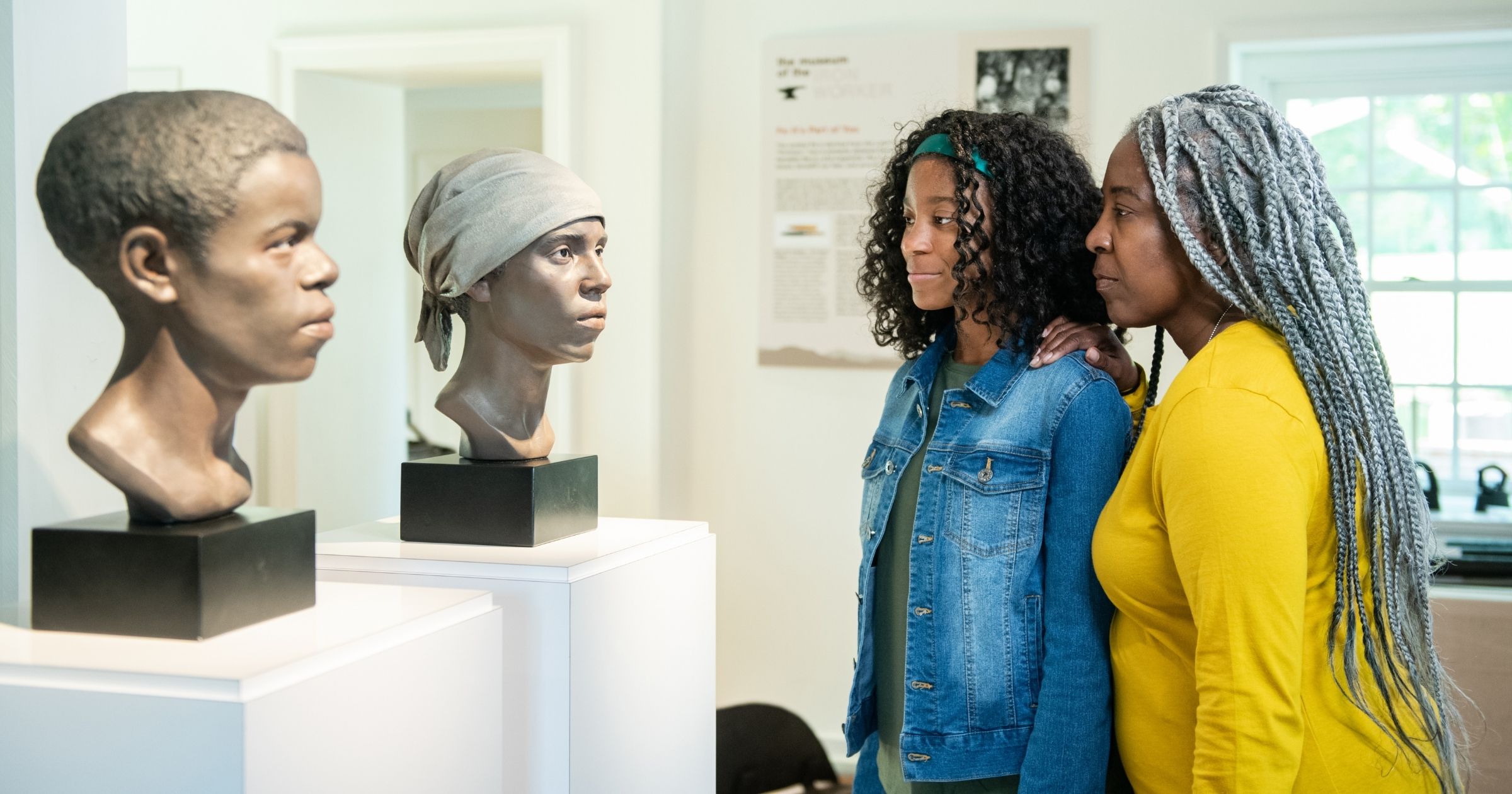
Finding the Roots of the American Revolution in Frederick County
In the fight for American independence, Frederick County, Maryland had a major part to play. Here are the ways you can find the story of the American Revolution hidden in plain sight in Frederick County, Maryland.
Colonial Fredericktown
In the early 1700s, English and Scots-Irish settlers began moving west from the shores of the Chesapeake Bay into the interior of Maryland. In the 1740s, an Irish businessman named Daniel Dulany received a land patent for 7,000 acres of Maryland countryside known as Tasker's Chance. In 1745, he laid out a grid for a town that he called "Frederick-Town" in honor of Frederick Calvert, the 6th Lord of Baltimore.
One of the ways Dulany intended to develop the land that officially became Frederick County in 1748 was by inviting German immigrants from Pennsylvania to settle in the Fredericktown area. Among the families that arrived were Josef and Catharina Brunner. They established a home along Carroll Creek they called "Schifferstadt." Their original log cabin gave way to a large stone farmhouse in 1758. Today, you can visit Schifferstadt Architectural Museum and learn more about the building and the colonial era in Frederick.
Supplying an Army
When the Revolution broke out and war commenced in 1775, the county sent hundreds of men to fight for independence with Maryland regiments in the Continental Army. On the home front, a new industrial operation opened at the base of Catoctin Mountain in northern Frederick County.
The Johnson family opened the Catoctin Iron Furnace in 1776. As the Revolutionary War dragged on, the Johnson brothers eventually ordered the construction of cannon balls for General George Washington's forces to use during the Siege of Yorktown in 1781.
To manufacture these weapons in the fight for freedom, the Johnson brothers paradoxically used slave labor. Enslaved men and women worked the furnaces and in the village that supported the iron-making operation. The furnace continued operation using enslaved labor until the 1840s and remained in use until 1903.
Today, you can visit the historic furnace and the village of Catoctin Furnace. The Catoctin Furnace Historical Society and their Museum of the Ironworker tell the story of the enslaved workers who lived and died in the village, the Johnson brothers whose fortune was made in iron, and the iron furnace that helped build a new nation. Forensic facial reconstructions at the Museum of the Ironworker tell the stories of two enslaved people held in bondage at the Catoctin Furnace.
Housing Prisoners of War
As the Revolutionary War raged in the 1770s, construction began on barracks to house equipment for the Frederick County militia. However, before the construction could be completed, the site became a make-shift prisoner-of-war camp for British and Hessian soldiers captured by the Continental Army during the Revolutionary War.
Because many residents of the Frederick area were German, some of the Hessian mercenaries held at the camp later settled in Frederick County. One of the original L-shaped buildings of the Hessian Barracks survives today, and historical placards tell the incredible story of these historical buildings constructed as the War for Independence raged.
These are just a few of the many places where you can explore American Revolutionary history in Frederick County. Visiting these locations, you can feel the sense of place, those important events that happened here, shaped by the people who created the United States of America.
Jake Wynn is the Senior Marketing and Communications Manager for Visit Frederick. His passion is American history—something you can find in abundance in Frederick.
Courtesy of Visit Frederick.
Photo courtesy of Visit Frederick.
Want articles like this one sent directly to your inbox? Subscribe to our weekly eNews here.



